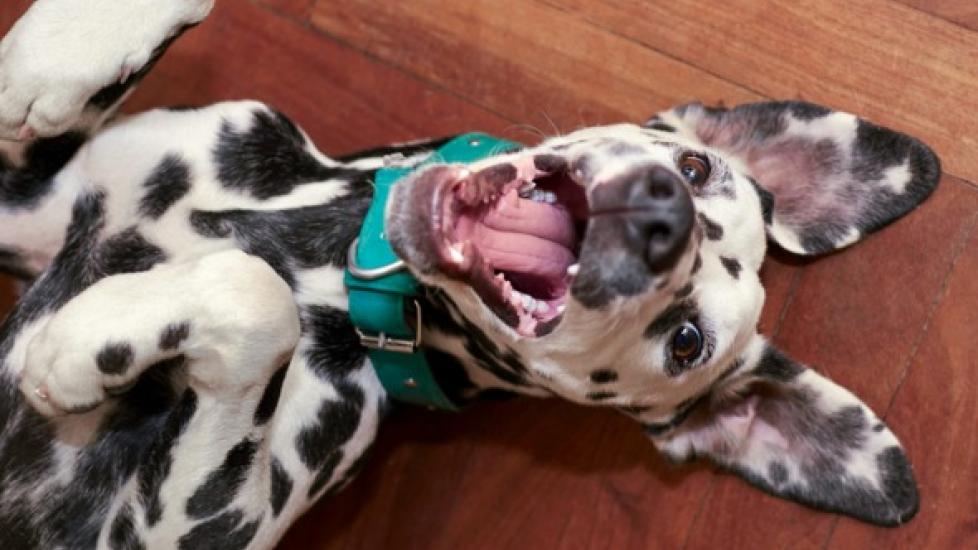Training a dog can be one of the most rewarding experiences for both you and your furry friend. While treats are often used as primary reinforcers, they aren’t the only way to motivate dogs during training sessions. Here are five alternative rewards that you might consider incorporating into your dog’s training routine:
-
Positive Reinforcement: This method involves using praise, verbal cues such as “good boy/girl” or “well done,” which are highly effective in motivating dogs. The sound of their owner’s voice filled with excitement can be just as enticing as food for many pets.
-
Tickle Time: Dogs love belly rubs! Giving them affectionate scratches on the chest, under the chin, or around the ears can serve as a delightful reward. It not only strengthens the bond between human and pet but also teaches them that good behavior leads to enjoyable interactions.
-
Playtime: Allowing your dog to play with favorite toys, like squeaky balls or tug-of-war ropes, is an excellent non-food reward. Engaging in interactive games like fetch or hide-and-seek can make training fun and keep your pup interested throughout the session.
-
New Environments: Sometimes, taking your dog somewhere new or allowing them access to areas where they usually don’t have permission (like onto the couch) can act as a positive reinforcement. It creates a sense of novelty and freedom, encouraging them to continue performing well.
-
Special Attention: Spending quality time alone with your dog—giving them extra cuddles, going for a walk together, or even letting them ride shotgun in the car occasionally—can be a significant reward. It shows them how much you value their efforts and increases motivation.
When choosing these types of rewards, it’s important to ensure that they’re appropriate for your dog’s personality and preferences. For example, some dogs may prefer play over physical contact, while others might find exploring new places more exciting than receiving a toy. Additionally, combining different types of rewards can create a varied and engaging training experience. Remember, consistency is key when implementing any training technique. Always use clear commands, maintain a calm yet enthusiastic demeanor, and never punish mistakes; instead, redirect your dog back onto the correct path with patience and positivity. With time and dedication, you’ll see progress in your canine companion’s obedience skills, all thanks to creative and diverse forms of encouragement beyond mere morsels of kibble or treats.
